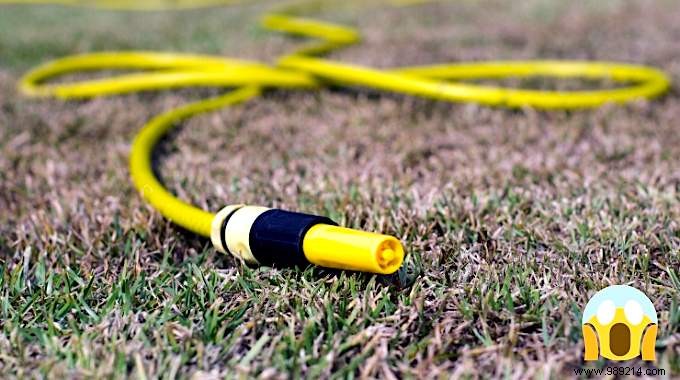
Each year the drought is getting stronger...
As a result, gardens and vegetable patches dry out and plants die.
Fortunately, there is an ancient technique to combat drought and keep the earth moist.
And this method is 10 times more effective only surface irrigation!
You can save up to 70% water in the garden.
The trick to make your garden resistant to drought, is to use terracotta pots . Watch:
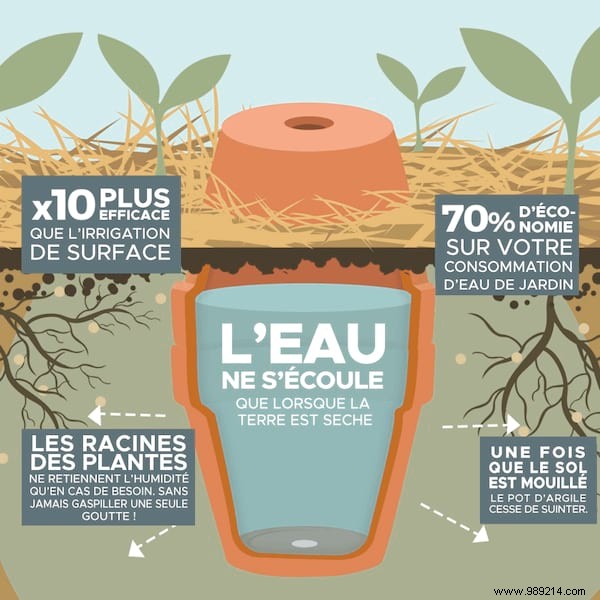
Source: Permaculturenews.org
Not only does this thing water the plants, but it also saves a lot of water and therefore money.
And the good news is that it's super easy to do. Here's how:
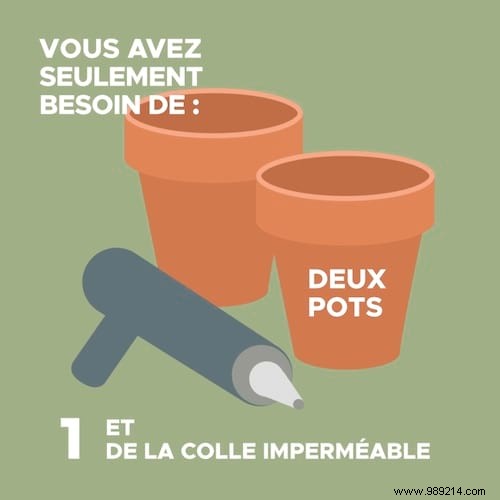
- 2 terracotta pots (1 pot with a hole and a pot without a hole)
- waterproof glue
- silicone (optional)
1. Put glue on the top edge of each pot.
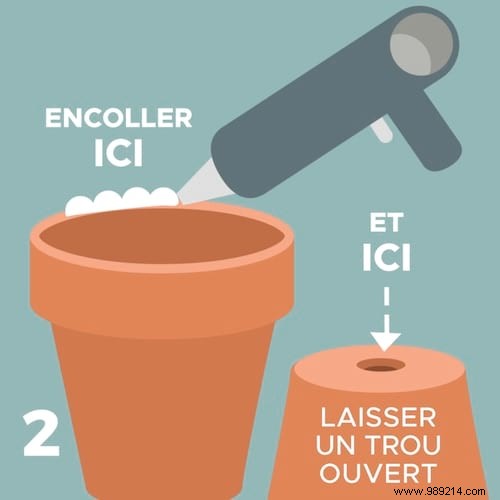
2. Glue the two pots together.
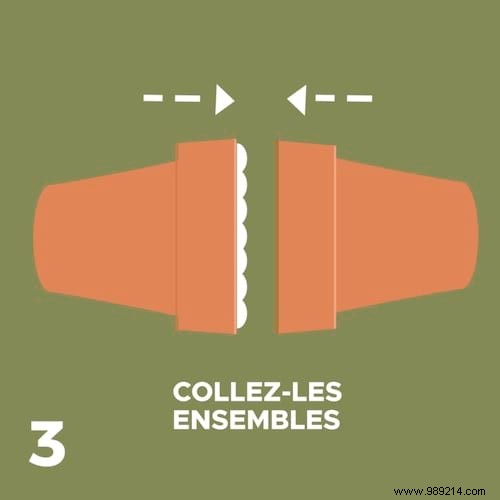
3. You can also add a silicone gasket at the joint of the two pots.
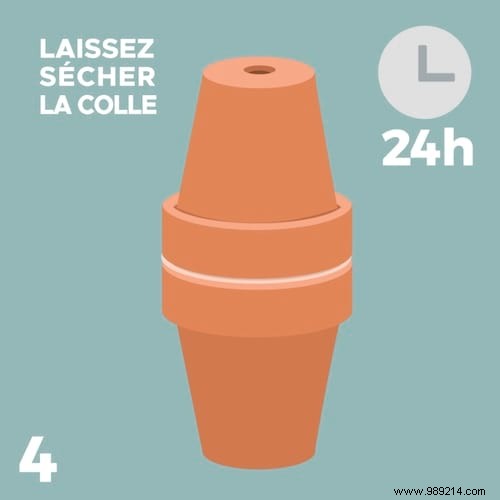
4. Leave to dry for 24 hours.
5. Check the tightness by putting water in the pot to check that it does not leak.
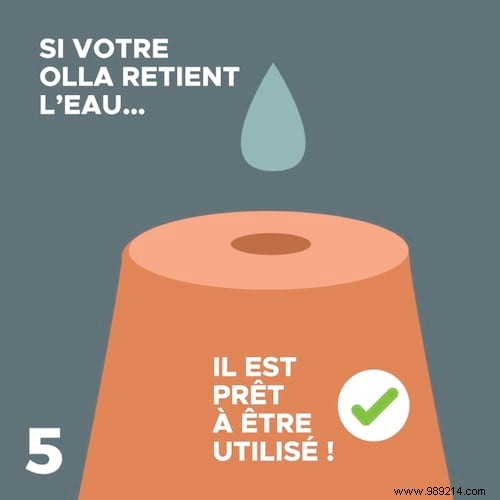
6. Dig a hole and place the system with the opening upwards, leaving it protruding 5 cm.

7. Fill your irrigation system with water through the hole.
8. Put a lid on the pot, so that the water is protected from the sun and does not evaporate.

There you go, now you know how to make your garden or vegetable patch drought resistant :-)
Easy, fast and efficient, right?
Your homemade irrigation system is already ready!
These terracotta pots are excellent decentralized irrigation systems.
Thanks to the porosity of the terracotta, the water seeps slowly into the earth as soon as it dries out.
And if the soil is already wet, the water stays in the pot thanks to the osmotic counterpressure.
Thus, the land is irrigated only when necessary. Every drop of water is therefore useful. Ingenious, isn't it?
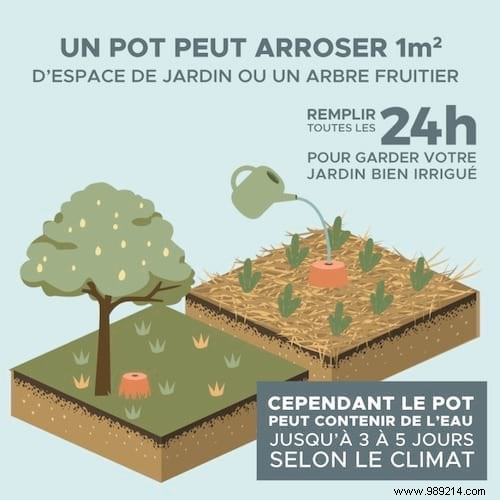
- If your 2 pots have holes in the bottom, plug the hole of one of the two holes with glue or silicone.
- Once you have filled the pot with water, cover it with a plate, a lid or put a stone over the opening of the pot. This will limit evaporation and prevent insects from falling in.
- A single pot can water 1 m2 of garden or a fruit tree. To ensure that the soil in your garden is well irrigated, fill the pot with water approximately every 24 hours. But be aware that a pot can continue to water for 3-5 days depending on the weather and climate, without you needing to re-water. Convenient when you go on vacation for a few days.
- It's not because you have a great economic and ecological irrigation system that you should forget to mulch the ground. Mulching will help keep the soil moist and slow down the evaporation of water from the soil. In summer, in high heat, it's downright essential!
To discover: 5 Tips for Watering Your Plants Less Often.
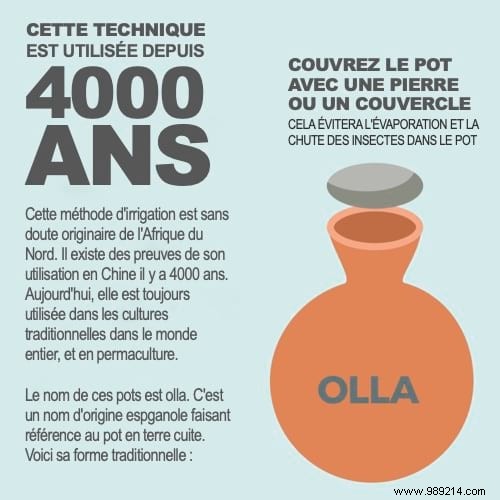
This irrigation technique is very old. We know that it existed 4000 years ago in China.
And today, it is still used in traditional cultures all over the world. Including in permaculture vegetable gardens.
This technique is used in particular in North Africa to irrigate very arid soils.
The water savings are enormous since you can save up to 70%!
Note that this system allows you to irrigate 1 square meter of garden or 1 fruit tree.
This traditional irrigation system is calledan olla . It is a word that comes from Spanish and means "clay pot".
You can easily find them in garden stores or here on the Internet.